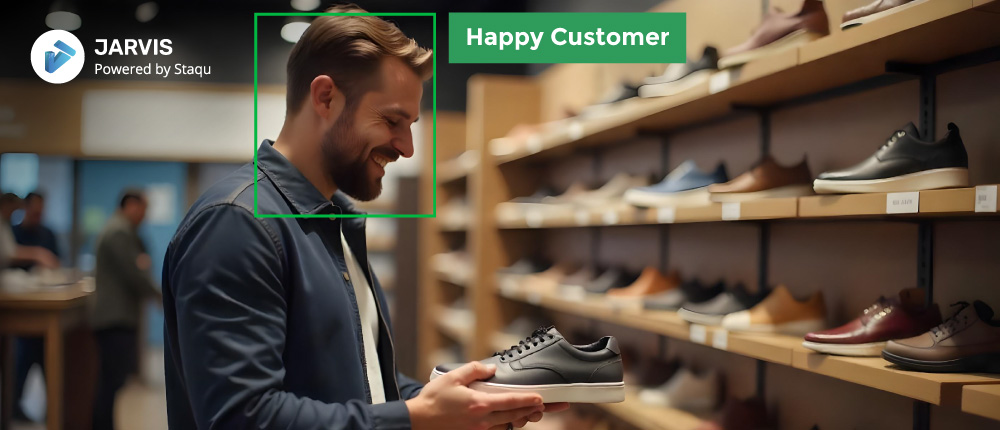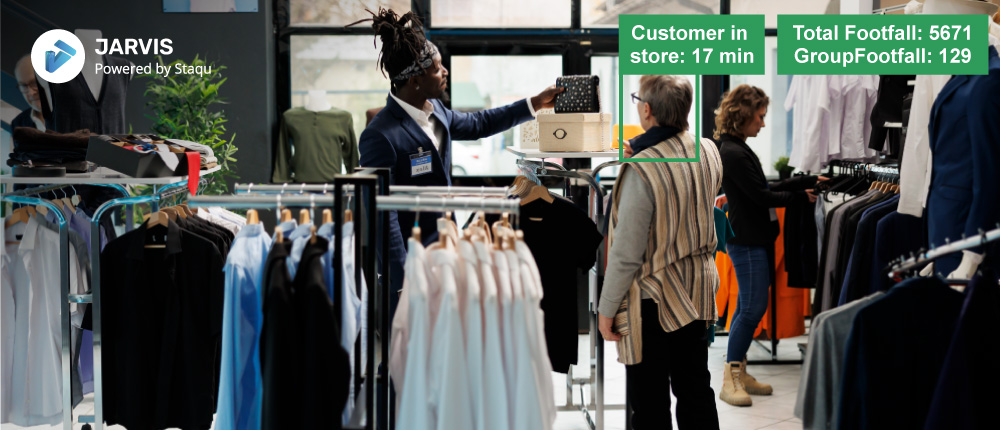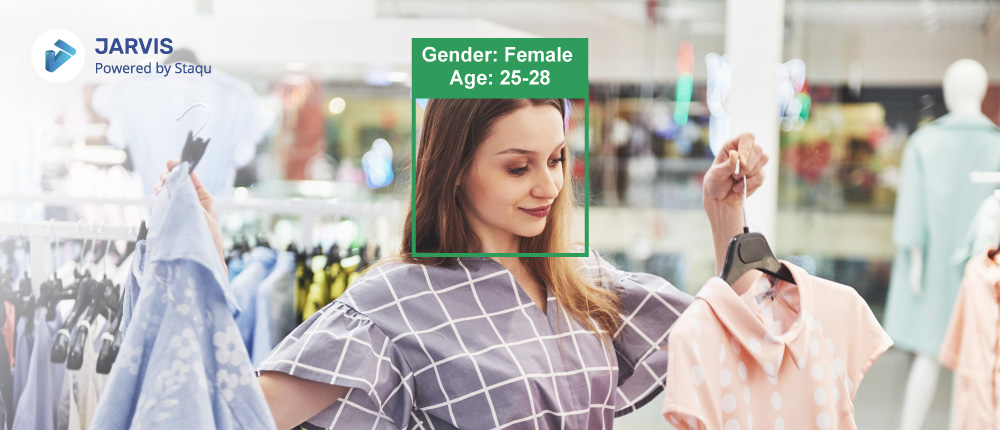Video Analytics for Smarter Marketing and Advertising
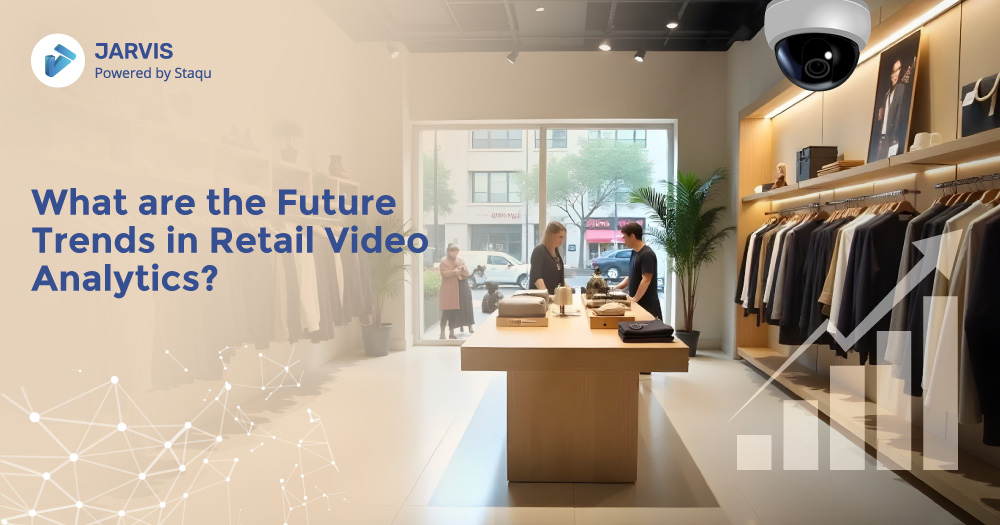
In today’s fast-paced and data-driven world, businesses are constantly seeking innovative ways to understand their customers and optimize their marketing efforts. One of the most powerful tools in modern marketing is video analytics. This technology has transformed how businesses track, analyze, and optimize their marketing and advertising campaigns. By interpreting video data in real-time, companies can uncover insights into consumer behavior, improve customer engagement, and make data-driven decisions that lead to higher conversion rates. In this blog, we’ll explore the power of video analytics in shaping smarter marketing and advertising campaigns.
Introduction
As the marketing landscape evolves, businesses are embracing technology to gain a competitive edge. The use of video in marketing has surged over the years, and it’s not just about posting promotional content anymore. Video analytics leverages artificial intelligence (AI) to analyze video footage, uncover patterns, and generate actionable insights. Whether it’s understanding customer behavior in a retail store or analyzing viewer engagement with an online video ad, video analytics is helping marketers make more informed decisions.
Marketing campaigns are no longer limited to guesswork. AI-powered video analytics provides brands with the ability to monitor and evaluate the success of their efforts in real-time, allowing them to optimize and tailor campaigns for greater impact.
What is Video Analytics in Marketing and Advertising?
Video analytics refers to the process of applying AI and machine learning algorithms to video content to extract valuable information. This goes beyond simple surveillance or view counting. In marketing and advertising, video analytics is used to analyze customer interactions with video-based advertisements and content.
For example, video analytics tools can monitor how long customers engage with a specific ad, track the flow of foot traffic in a physical retail store, or analyze viewer engagement with online video ads. This enables marketers to identify trends and preferences, improving the relevance and effectiveness of their campaigns. By turning video data into meaningful insights, businesses can enhance their decision-making process and make their marketing efforts more strategic.
Key Benefits of Using Video Analytics in Marketing
Customer Behavior Insights
One of the primary benefits of video analytics is the ability to gain deeper insights into customer behavior. For example, retailers can monitor how customers move through their stores, where they spend the most time, and which products catch their attention. By analyzing these behaviors, brands can optimize store layouts, product placements, and promotional displays to increase sales.
In an online setting, video analytics can reveal how viewers interact with video content, such as how long they watch, when they drop off, and what elements capture their attention. These insights help marketers refine their video content for better engagement and higher conversion rates.
Personalized Marketing
Video analytics can drive personalized marketing campaigns by analyzing customer demographics, behaviors, and preferences. For instance, AI-powered video analytics can recognize repeat customers, track their purchasing habits, and predict future behaviors. With this information, businesses can deliver tailored marketing messages and personalized promotions, leading to higher customer satisfaction and loyalty.
Campaign Performance Tracking
Another significant advantage of video analytics is the ability to track and measure campaign performance in real-time. Whether it’s an in-store promotion or an online video ad, video analytics provides data on key performance indicators (KPIs), such as customer engagement, foot traffic, and ad recall. Marketers can use this information to assess the success of their campaigns and make adjustments as needed to optimize results.
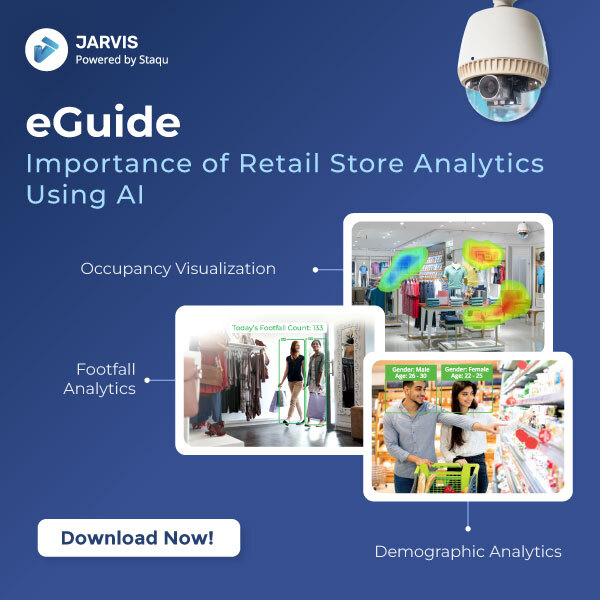
Download eguide
Applications of Video Analytics in Advertising Campaigns
Targeted Ad Placement
Video analytics helps advertisers place ads more effectively by determining the best locations and times for maximum exposure. In digital advertising, video analytics can analyze viewer demographics and behavior to determine the optimal timing for displaying ads. Similarly, in physical settings, like billboards or in-store displays, video analytics can monitor customer foot traffic and ensure ads are placed in high-traffic areas.
Content Optimization
By analyzing viewer interactions with video ads, marketers can optimize their content to increase engagement. For example, video analytics can reveal which parts of an ad are most engaging and which sections cause viewers to lose interest. This data allows marketers to refine their video content, focusing on elements that resonate with their audience and eliminating parts that don’t.
Interactive Advertisements
Video analytics enables the creation of interactive video advertisements, where viewers can engage with content in real time. For instance, AI-powered analytics can adjust the ad content based on viewer responses, offering a more personalized and dynamic advertising experience. This enhances engagement and makes ads more memorable.
How Retailers Use Video Analytics for Marketing
In-store Video Analytics
Retailers are increasingly using in-store video analytics to monitor customer behavior and optimize their marketing strategies. Video analytics can track foot traffic, monitor dwell time (how long customers spend in certain areas), and analyze customer movement patterns. This data helps retailers understand which products or promotions are attracting attention and which areas of the store need improvement.
For example, if customers consistently gather around a specific display, the retailer can place high-margin products there to boost sales. Similarly, if certain areas of the store receive little traffic, video analytics can help retailers adjust layouts or signage to increase visibility.
Facial Recognition and Demographic Analytics
Video analytics systems with facial recognition capabilities can identify demographic information about customers, such as age, gender, and mood. Retailers can use this information to tailor marketing messages and promotions to specific customer segments. For example, a store might display a promotion for beauty products when it identifies a customer segment likely to be interested in cosmetics.
Conversion Rate Analysis
Retailers can use video analytics to calculate conversion rates by analyzing how many customers make a purchase after viewing a promotion or interacting with a product display. By understanding the factors that lead to higher conversion rates, retailers can fine-tune their marketing efforts to boost sales and improve the overall customer experience.
Video Analytics for Outdoor and Digital Advertising
Analyzing Viewer Engagement
Video analytics plays a critical role in outdoor advertising by monitoring viewer engagement with billboards, digital screens, and other outdoor displays. The technology can track how long people look at an ad, whether they engage with interactive elements, and how many viewers pass by without noticing the ad.
Adjusting Ads Based on Real-Time Data
AI-powered video analytics can dynamically adjust ads based on real-time data. For example, a digital billboard could change its content depending on the demographics of the people walking by, ensuring that the ad is relevant to the audience. This real-time customization increases the effectiveness of advertising campaigns by delivering targeted content at the right moment.
Geo-Targeting for Advertisements
Geo-targeting is another application of video analytics in advertising. By analyzing data on viewer locations and behaviors, advertisers can display ads tailored to specific geographic regions. For example, a fast-food chain might show ads for lunch promotions in high-traffic areas during lunchtime.
Enhancing Online Video Campaigns with Analytics
YouTube and Social Media Videos
Video analytics tools are invaluable for tracking engagement with online video content, such as YouTube ads or social media videos. Marketers can analyze views, likes, comments, and watch time to gauge the effectiveness of their content. This data helps them optimize future video campaigns to better resonate with their target audience.
Engagement Metrics
Video analytics provides detailed engagement metrics, such as the average time viewers spend watching a video, the point at which most viewers drop off, and which segments are most engaging. These insights allow marketers to refine their video content, focusing on elements that keep viewers engaged and reduce drop-off rates.
Cross-Platform Analysis
In today’s digital world, marketing campaigns often span multiple platforms, including social media, websites, and streaming services. Video analytics allows marketers to integrate data from various channels, providing a comprehensive view of how audiences engage with video content across different platforms.
Challenges in Implementing Video Analytics for Marketing
Data Privacy Concerns
As businesses collect more data through video analytics, they must ensure compliance with data protection regulations like GDPR. Privacy concerns are particularly important when using facial recognition or demographic analytics. Companies need to strike a balance between gaining insights and protecting customer privacy.
Technology Integration
Implementing video analytics tools can be challenging for businesses with existing marketing systems. Integrating these tools into current workflows requires technical expertise and proper training to ensure that teams can fully leverage the insights provided by video analytics.
Cost and Resource Investment
While video analytics offers numerous benefits, it can be costly to implement. Businesses must invest in hardware, software, and expertise to effectively use video analytics systems. However, the long-term benefits of increased efficiency, improved customer engagement, and higher conversion rates often justify the initial investment.
The Future of Video Analytics in Marketing and Advertising
The future of video analytics lies in its ability to integrate seamlessly with other technologies like the Internet of Things (IoT), machine learning, and big data. As these technologies continue to evolve, video analytics will become even more powerful, enabling businesses to predict customer behavior, optimize marketing strategies in real time, and deliver hyper-personalized experiences.
In the retail sector, video analytics is likely to play a significant role in shaping personalized in-store experiences. By analyzing customer preferences, habits, and purchase history, retailers can create highly personalized marketing messages and promotions, both online and offline.
In digital advertising, AI-driven video analytics will continue to optimize ad targeting and placement, ensuring that brands deliver the right message to the right audience at the right time.
Conclusion
Video analytics is revolutionizing the way marketers and advertisers approach their campaigns. By providing deeper insights into customer behavior, enabling real-time optimization, and facilitating personalized marketing, video analytics empowers brands to create smarter, more effective campaigns. As technology advances, businesses that leverage video analytics will be better equipped to stay ahead of the competition and deliver engaging, data-driven experiences to their audiences.
For companies looking to optimize their marketing and advertising strategies, now is the time to invest in video analytics. By turning video data into actionable insights, businesses can enhance their marketing efforts, increase engagement, and ultimately drive better results.
